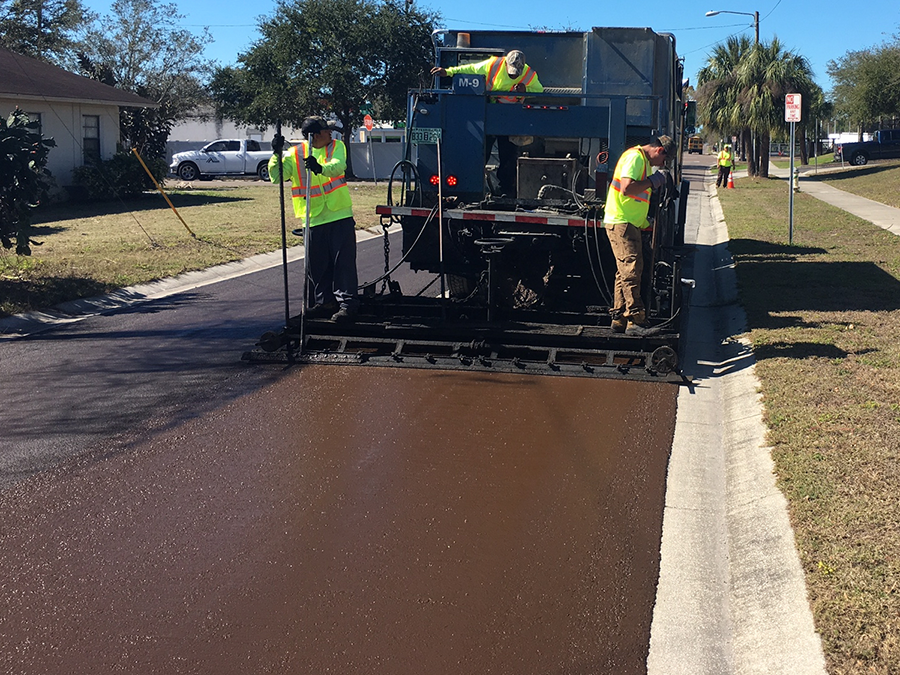Micro-surfacing

Bitumen Emulsion for Micro-surfacing
The asphalt surface of the roads can experience erosion, raveling, loss of aggregate,honeycombing, and sulphate attacks over time due to weather conditions such as frost, sunlight, heat, and also road salting, snow removal, as well as the effects of excessive loading and friction, especially caused by tire chains and snowplow blades. Failing to repair and install overlay asphalt in due time will allow damages to expand, leading to complete destruction of the road surface and even the underlying layers. The use of protective layers is recommended to prevent intensification of asphalt wear out, postpone overlay installation, maintain the existing conditions, and fill the cracks.
In addition to providing a suitable road surface, these layers will waterproof it and prevent the destruction of asphalt and its underlying layers. This is a cheap maintenance method that will ensure uninterrupted and secure operation of the roads. Different methods are recommended based on the degree of destruction, the weight and volume of traffic, and type of asphalt. These methods are inexpensive and can be employed early after or even before the beginning of asphalt pavement distress.
Applying a mixture of aggregates, water, bitumen emulsion CSS and filler (usually cement) and some additives acc. to place condition. It requires a special paving machine that can be assembled on site.
Micro-surfacing application and facts:
- There is no need to roll with any kind of road roller.
- We can find out the end of the breaking process when the brown color turns to black color.
- It is so recommended for places with high traffic like big cities, airports and high ways.
- It is very resistant to fatigue and attrition.
- It creates a good color contrast.
- It can be used as a colored coat by adding some additives (used for bike lanes).
- When using Micro-surfacing on the bridge surface, there is no need to trench the surface due to its light weight and low thickness.
- It can be used on both asphalt and concrete surfaces.
- It’s average life time is 5 to 7 years.
- Micro-surfacing seals cracks and voids and completely makes the surface smooth.
- It is very economical.
- Because of its low thickness, there is no need to bring the position of guard rails, curbstones or shoulder of the road upper.
- Use of thermal energy, fuel, and aggregates are less than similar approaches in the whole paving process.
- Micro-surfacing is very proper for the environment.
- Since there is no need to roll with road rollers, Micro-surfacing surface may crack or it may cause reflective cracks in places with big cracks or places where two lanes reach together or places where two roads intersect. So, we should note to seal it.
- The aggregates’ sizes must be proper for the Micro-surfacing.
- Before implementing the coat, the surface must be free from dust, oil and even road lining.
- If there are transverse, longitudinal, block or crocodile cracks or vehicle tire grooves, they must be sealed firstly (with bitumen emulsion CSS or CRS) and then, it is prepared for Micro-surfacing.

